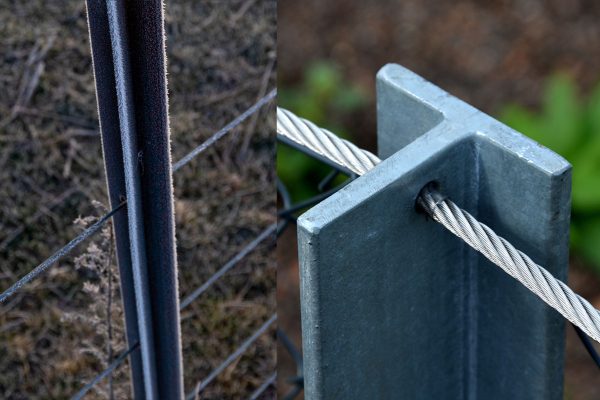Are you perhaps setting up a fence post but you are having trouble with digging through the roots? You do not have to use any other tools and equipment - just a hole digger and an ax should do the job! We have researched every aspect you need to know so that you can finish the work simply and efficiently.
Post hole diggers can dig through smaller plant roots because the blades are sharp enough to cut through. To remove the roots from the hole, simply change the angle of insertion by turning the hole digger in a circular motion. Put simply, first dig the sides, remove the soil and roots, then excavate the top and bottom portions.
Digging through roots can be quite arduous work, especially if the hole contains larger roots. Don't fret too much because there are simple techniques on how to accomplish this work. We aim to help you with this undertaking.
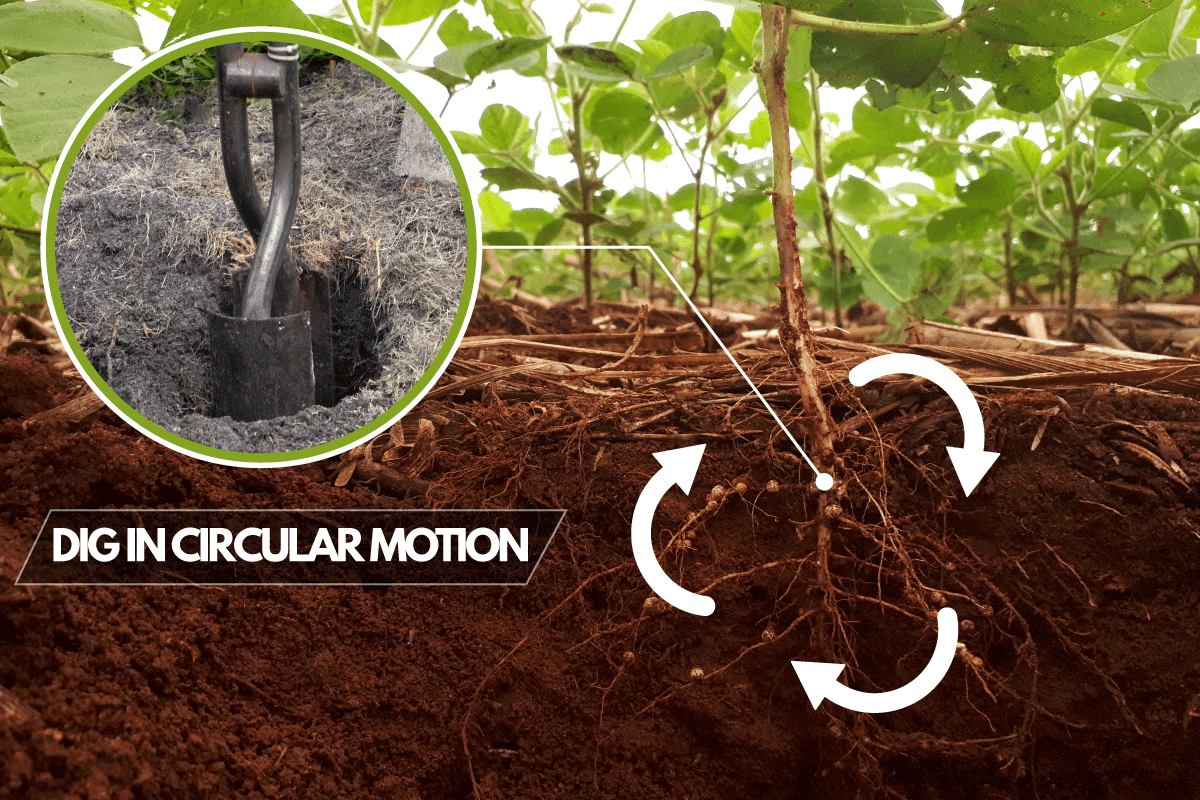
Important Considerations
Before starting to dig through roots, especially those of large trees, do not use an auger because it cannot drill through their bases. The tool tends to lean through the side because the roots get tangled to this equipment or they cannot simply be cut.
Consulting utility companies regarding water pump lines, gas pipes, and electric cables is also significant before you begin excavation on your property. By doing this, you are ensuring the safety of you and your family.
Digging a Hole through Roots
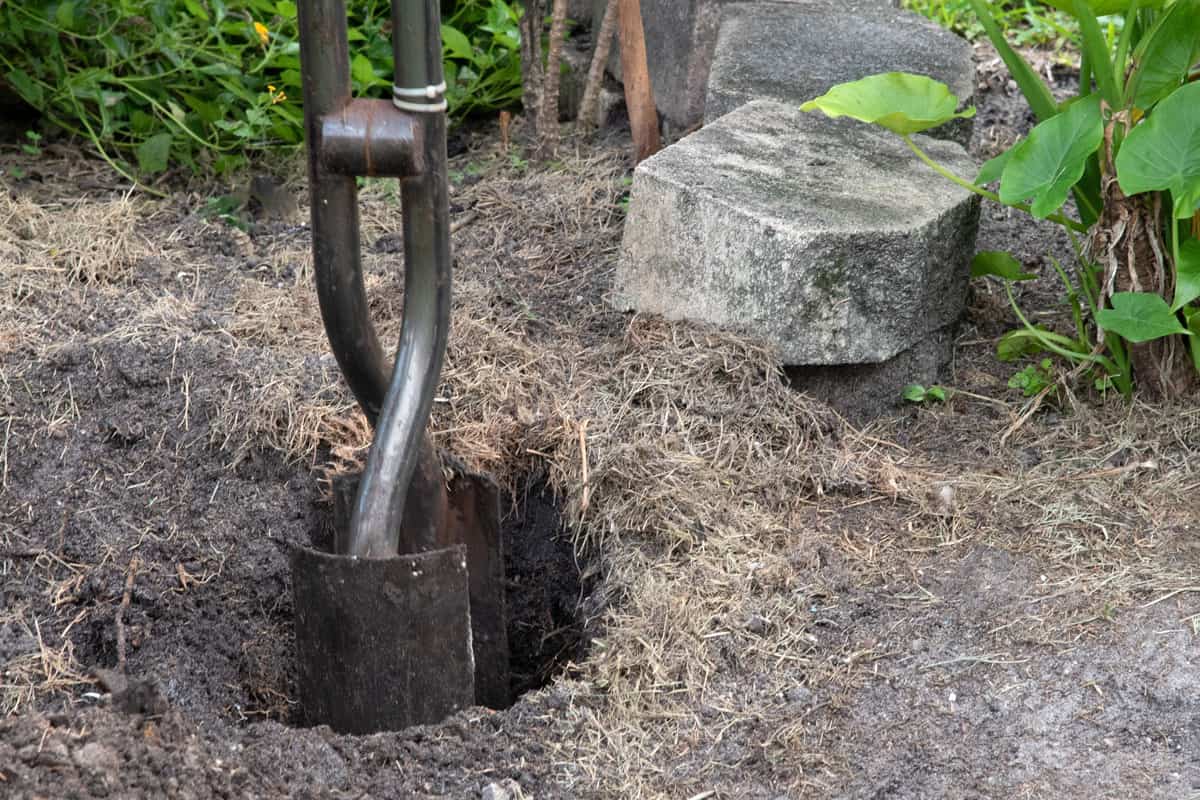
When building a fence, it is necessary to excavate the soil in order to erect posts. However, when the ground is filled with either small or large roots, it becomes quite a challenge.
Post hole diggers can cut through the bases of smaller vegetation. Ensure that the shovel-like plates are sharp enough to do this work. If not, you can hone the edges.
What you have to do is to pierce the ground in a circular motion on all sides until the roots are completely severed. Loosen and remove the dirt along with the plant's foundation. Remember that you have to repeat the process up till the obstructions are removed.
Check out this technique in action, watch the video below!
Nonetheless, this tool is not capable of digging through the ground with roots that are three inches thick, especially those of large trees. You may have to approach the problem in a different way.
How to Dig through Soil with Large Tree Roots?
Cut the Roots
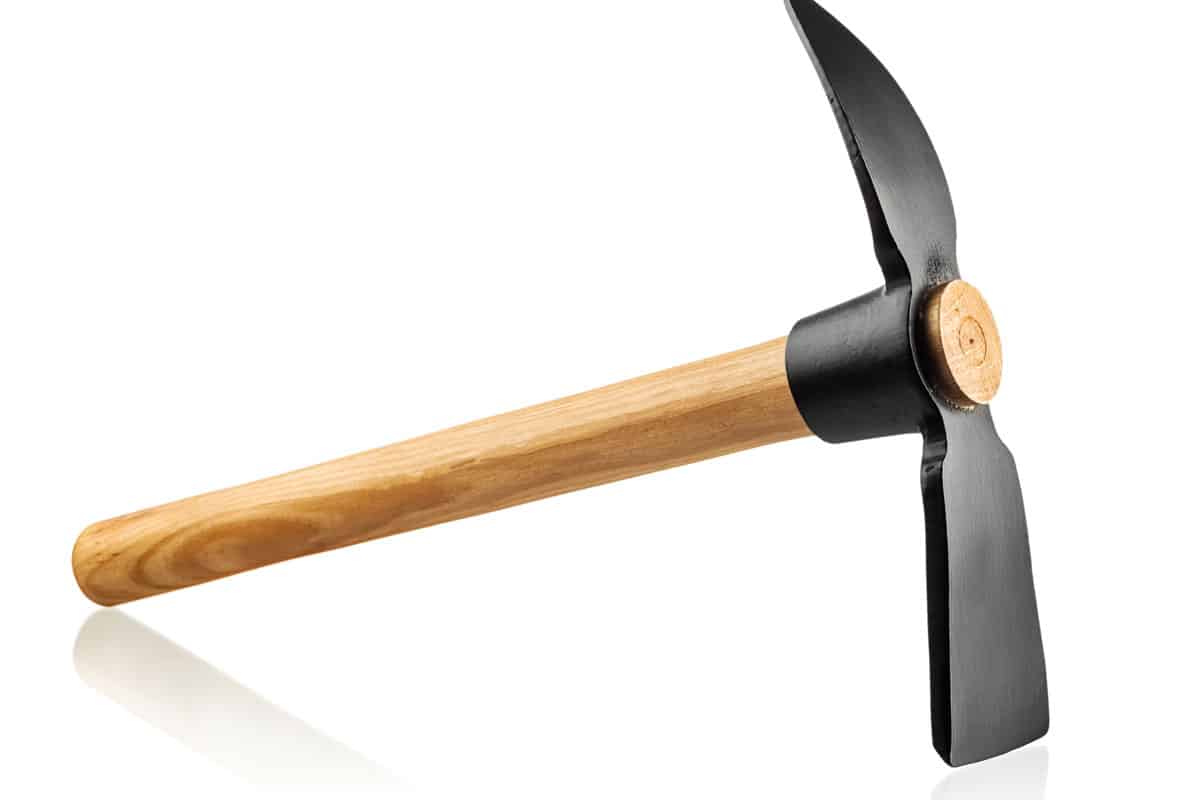
Cutting the roots is the first step you should do. According to a professional, you will have to use an ax and not an auger or a post hole digger. It is manual labor, but the work proves to be efficient.
A mattock is the best type of ax to use in this project because of its versatility. It can dig the soil and cut through roots because of its shape. It looks quite similar to a pickaxe, however, the head of a mattock has a shorter and wider horizontal blade.
Check out Ziqi Mattock Garden Tool on Amazon.
Simply Dig Another Hole
If the root system is too difficult to remove, you can dig another hole. The average fence panels have a width of six feet. With this being said, simply excavate one foot away from the first hole, then another two feet if the roots are still numerous and too thick.
You will just have to cut or saw the panels or boards to achieve the desired width. Measure the distance from this fence post to the next. This method is applicable if the ground is filled with bulky and compact roots.
Use a Post Hole Digger and Grinder
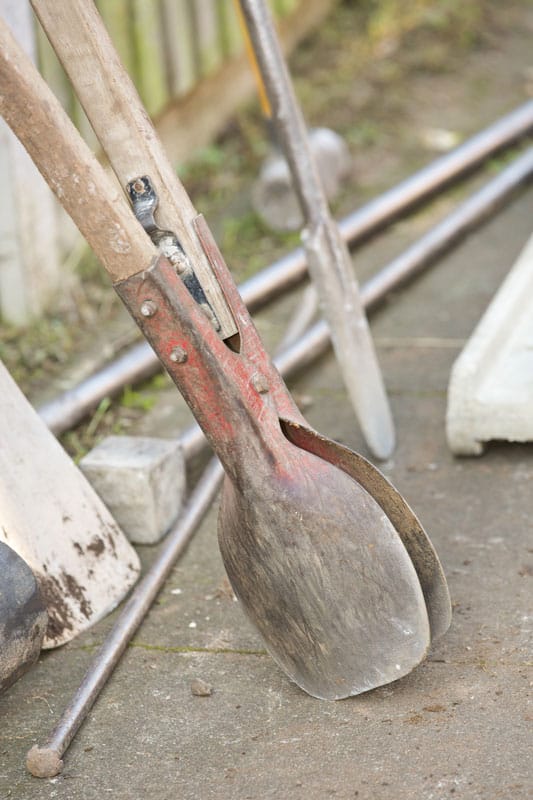
As mentioned above, it is not recommended to use a post hole digger to excavate through large tree roots, however, if the uppermost layer does not contain or has inconsistent root sizes and thickness, you can utilize a grinder in cooperation with the post hole digger.
Check how deep your hole digger can get. If you are not able to go deeper than the required depth, you can rent a stump grinder (for worst scenarios) which can remove any roots that are one foot deep, and get the work done in a much easier way. However, this is not always a practical approach.
How to Sharpen Blades of Post Hole Diggers?
If your post hole digger cannot dig, cut, or pierce the ground any more than its usual capacity, then it is time to sharpen its shovel-like blades. It does not only help with cutting roots, but it also makes excavation easier.
1. Disassemble the Tool
You have to disassemble your post hole digger because by doing so, it will be much simpler to sharpen the blades. Use a pair of pliers to loosen the wing nuts, and remove them. Once finished, take the bolts off and the plates apart.
2. Clean the Blade
Similar to painting a fence, you have to clean the blades before sharpening them to remove any dirt and debris that can hinder the task. Gently spray the blades using a nozzle sprayer, or use a mixture of dishwashing liquid and water then damp the cloth and wipe them clean.
Take a wire brush then grate the surface in order to remove leftover debris. By accomplishing this, you are removing any obstruction that can hinder or slow the sharpening of this tool.
3. Grind and File the Edges
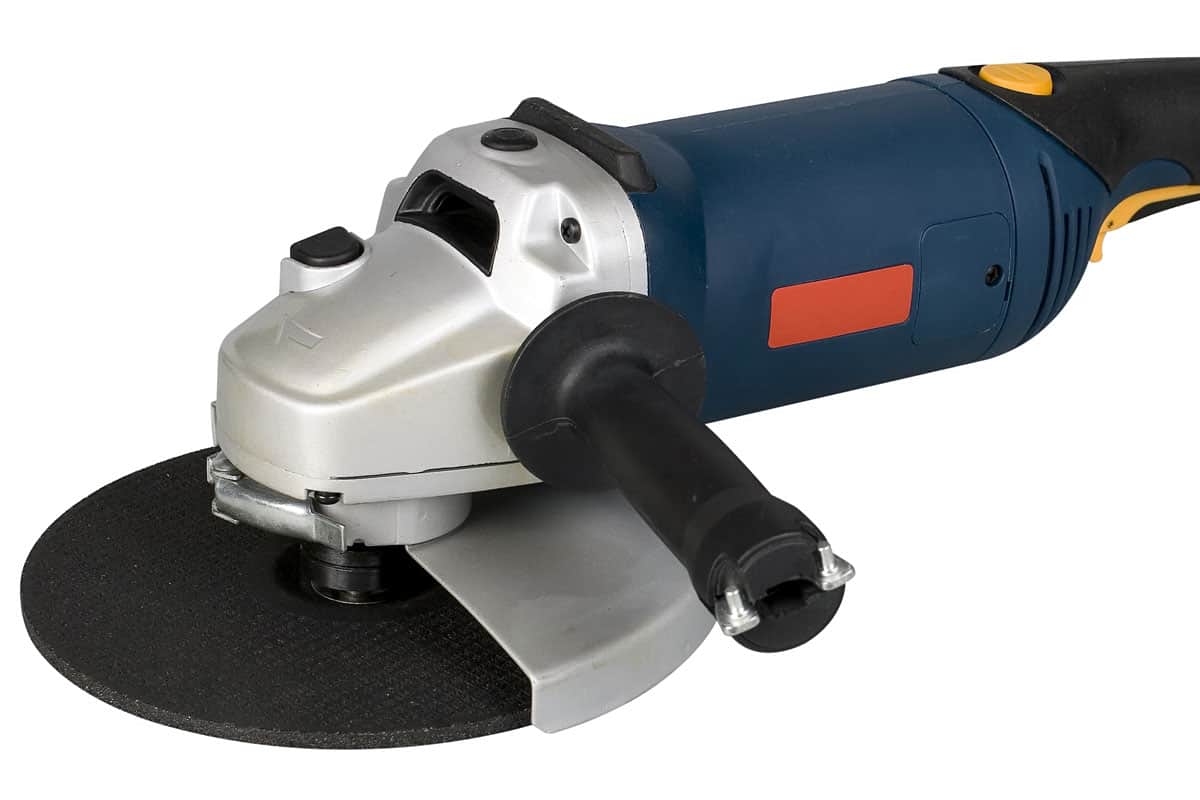
Once you are finished cleaning the blade, you can now begin with grinding and sharpening the edges. Grinding is essential in fixing any chips or dents caused by wear and tear.
Use an angle grinder with a medium grit wheel to fix this issue.
After grinding, start filing. Hold one blade and slide the file back and forth until you have sharpened all the edges. Remember to check the topmost part of the blade. The shape should be maintained.
Subsequently, you will have to clean out any residue hanging or sticking in the blade. Below, see how a shovel blade is sharpened with ease using grinder - and watch it chip roots away!
4. Repeat the Process
Connect the blade back into the shaft, then take its pair. Repeat the overall process.
How to Use a Post Hole Digger [Tips and Techniques]
- When digging, it is important to avoid areas that contain large rocks and roots because these can damage the blades.
- If the ground is hard to exvacate, water the area first to soften it up. Let it sit for a while until the soil becomes moist.
- For safety purposes, you can let go of the handle even before the blades hit the ground. This action will prevent you from the shock impact caused by piercing the tool onto the soil.
- Avoid bending your back when scooping the soil. The safest way to not strain your muscles is by bending your knees when lifting.
- To avoid blisters, and to have a stronger grip on handles, wear gloves.
Different Types of Post Hole Diggers
There are two basic tools for digging post holes. Each type has different kinds.
Post Hole Digger
Post hole diggers are specifically designed to excavate narrow holes. It ascertains the consistency of the dimensions of the shoveled area. They have shovel-like blades connected to two shafts, and they can dig four feet deep into the ground.
To create a hole, the blades are pierced onto the ground. After that, either pull the handle apart or close together (depending on the kind) to clamp and scoop the dirt away. This tool is made from either wood, fiberglass, or steel.
Check out Truper post hole digger on Amazon.
Auger
The auger is also used to dig holes, however, it looks quite different than post hole diggers. It basically looks like a large corkscrew and instead of manually removing the loosened soil, this equipment drills the ground and at the same time gets rid of the dirt.
It is versatile in its usage since it can excavate soil, ice, and pavements. An auger can go three feet deep into the ground, but you can always ask for an extension rod to increase its length by about 12 inches.
Check out a manual auger on Amazon.
In Closing

Do not forget the tips and techniques mentioned above so that you will have a much easier way to dig through roots. It may be time-consuming, but it proves to be efficient. We hope you have found this article helpful.





